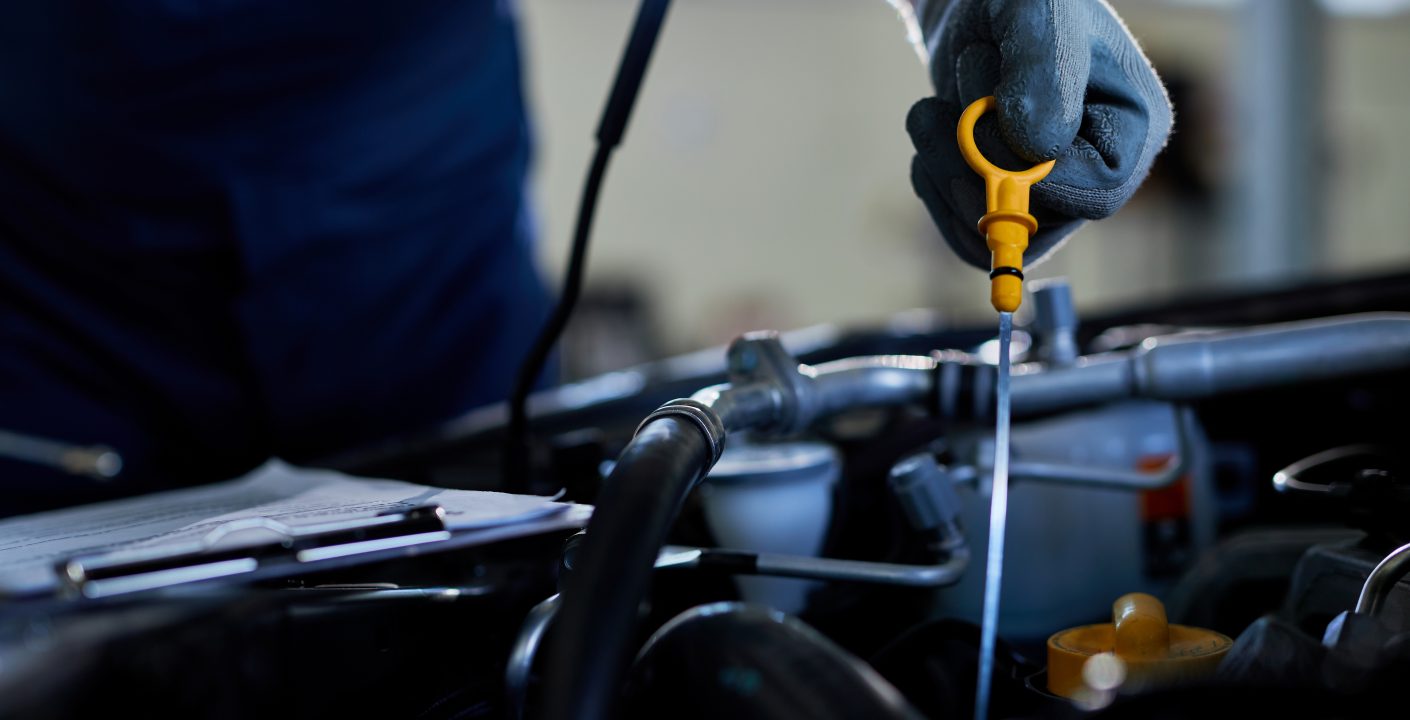Regular Transmission Fluid Changes

Your car’s transmission is an important component that enables smooth and efficient operation. Regular fluid changes are an often-overlooked part of keeping a healthy transmission. In this blog post, we’ll discuss the significance of routine transmission fluid changes, how to check transmission fluid levels, and how to select the best transmission fluid for optimal performance.
The Importance of Regular Transmission Fluid Changes:
Transmission fluid in your car serves several functions, including lubricating moving parts, cooling the transmission, and aiding smooth gear shifts. This fluid can degrade, acquire impurities, and lose its usefulness over time. It is crucial to perform routine gearbox fluid changes to:
Prevent Overheating:
New transmission fluid helps dissipate heat generated during car operation, preventing your transmission from overheating and potential damage.
Ensure Smooth Shifting:
Clean and properly lubricated fluid ensures smooth gear changes, reducing wear and tear on transmission components.
Transmission Longevity:
Routine maintenance can significantly extend the lifespan of your transmission, saving you from costly repairs or replacements.
How to Check Transmission Fluid Levels:
Checking your transmission fluid levels is an easy DIY task that can be done at home. Here’s a step-by-step guide:
1. Park your car on a Level Surface to get an accurate reading.
2. Find the Transmission Dipstick:
The transmission dipstick is usually labeled and can be found near the car engine. Check your owner’s manual to help with its exact location.
3. Start the engine to allow it to allow it run for it to reach its normal operating temperature.
4. Shift Through Gears:
Cycle through each gear (P, R, N, D, etc.) and leave the transmission in Park.
5. To check the fluid level, pull out the dipstick, wipe it clean, reinsert it fully, and then withdraw it again. Check the fluid level against the dipstick markings. The color of the fluid shows its health; ideally, it should be reddish
Choosing the Right Transmission Fluid:
Choosing the right transmission fluid is essential for optimal performance. Consult your vehicle’s owner’s manual for manufacturer recommendations. Consider the following factors:
Transmission Type:
Fluids for automatic and manual transmissions are frequently different. Use the fluid recommended for your transmission type.
Viscosity Grade:
Transmission fluids have various viscosity grades. The right viscosity ensures proper lubrication and functioning.
Brand Compatibility:
Always buy reputable transmission fluid brands and ensure the fluid is compatible with your vehicle’s make and model.
Conclusion:
Regular transmission fluid changes, appropriate fluid level maintenance, and choosing the right transmission fluid are all important parts of maintaining your car’s transmission in good condition. By implementing these techniques into your car’s routine maintenance, you not only improve the performance and longevity of your car, but you also save money on future repairs. Remember that a little care today will go a long way towards guaranteeing a smoother journey tomorrow.





